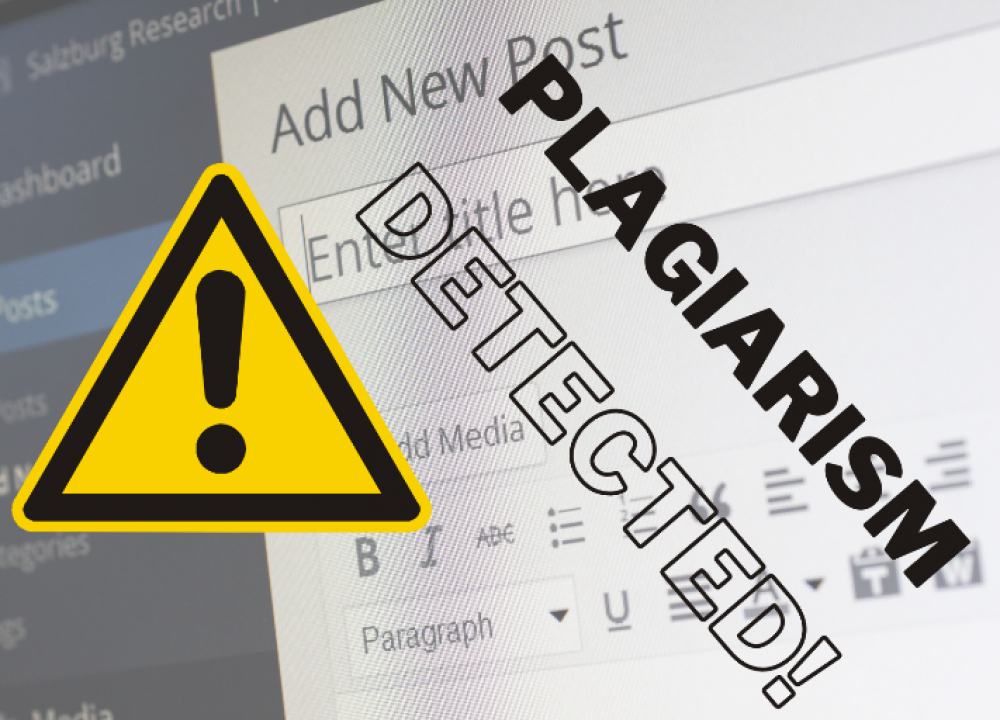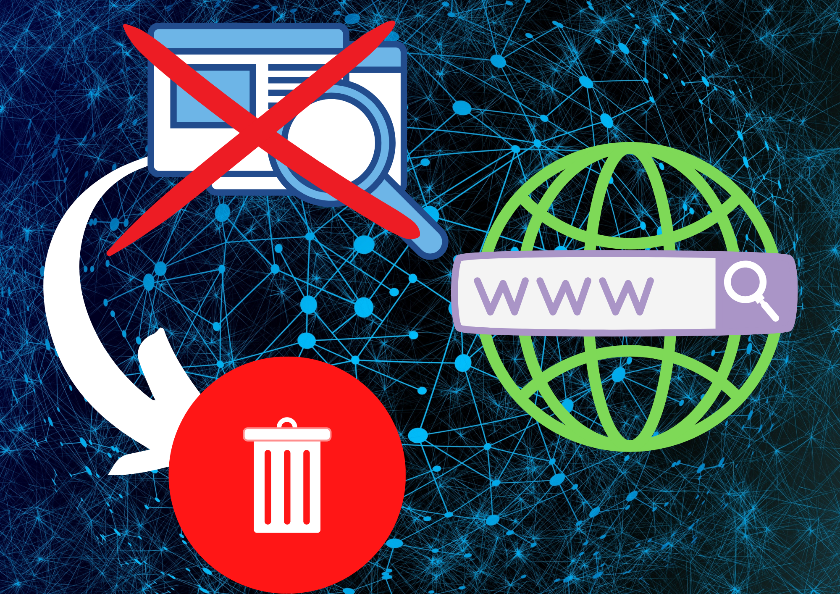
How Plagiarized Content is Harmful for Your Website Ranking?
What is Plagiarism
Plagiarism is the act of copying someone’s literary work and incorporating it into your own without giving credit to the original author.
In layman’s terms, it can be described as the ‘stealing’ of written work. Stealing is not a virtue by any means and stealing content is the same.
Plagiarism today affects many writers, especially writers such as bloggers and journalists. That’s because there is a ton of material available online on various subjects and that makes it difficult to come up with unique content.
However, plagiarism can be very harmful, especially for your website. Search engines can detect when somebody has plagiarized content for malicious reasons.
“Malicious” is emphasized here because there is a type of duplication that is not harmful to anyone. It occurs on shopping websites mostly where product descriptions match each other. Forums have a lot of duplication because popular answers get thrown around everywhere. These are not malicious cases of duplication.
How Plagiarized Content Is Harmful to Your Website Ranking?
There are several direct and indirect ways in which your website ranking is negatively affected by plagiarism. Here we will look at some of them:
1. Rank Reduction/Delisting by Search Engines
Search engines crawl websites using bots/spiders. Deceptive plagiarizing that is used to boost a site’s ranking is used to confuse these crawlers. However, according to Google, such tricks are detectable and search engines will just devalue that confusing content and move on. The devaluation will result in the website’s ranking to drop.

Another terrible outcome of plagiarizing content is the complete removal of a website from the search engine’s index.
The index is the list of all websites that an engine has recognized. These are the sites that it searches amongst when looking for a keyword match. If your site is not in the index, forget about ranking, it will not even show up at all. And that is the lowest your website ranking can get.
To avoid such an outcome, you should make sure that your content has plagiarism of less than 5%.
2. Damage to Reputation
Suppose somebody you know was found guilty of theft, and it was proven such that there was no longer any doubt that it was true. You would think of that person as a dishonest and untrustworthy person. You wouldn’t want anything to do with them.

That is precisely what happens when a website commits plagiarism. The brand that the website belongs to will have a PR crisis on its hand. The loss in reputation will directly translate into a decrease in traffic. A decrease in traffic will result in a lower ranking.
It takes years to build up a reputation but one mistake can destroy it. A destroyed reputation can take even longer to build back up.
A bad reputation follows you around forever and can be difficult to get rid of. Once a brand’s reputation is ruined, it can forget about raising the rank of its site (at least anytime soon).
Laying low and waiting until the bad press is over, is one method of trying to mitigate the effects of plagiarism.
3. Loss of Trust
Once a brand or a person is known to have plagiarized, they will not be trusted by their readers anymore. Loss of trust, just like reputation, is very hard to mitigate. As the saying goes “once bitten, twice shy”. People who feel as if you have betrayed their trust will be reluctant to believe you again.

This will cause you to lose your regular readership…which is usually the main source of income for a blogger. They are also the reason for a site maintaining a consistently high rank. If you start losing your regulars, your site traffic will dwindle.
As mentioned before, a decrease in traffic will cause your website ranking to fall since traffic is an important metric that search engines use to rank a website.
How to Avoid Plagiarism?
We have seen how badly plagiarism can affect a website. So, let us look into how we can avoid it to prevent the not-so-pleasant outcomes.
1. Detect Plagiarism using Plagiarism Checkers
The first step in avoiding anything is to detect it. Once you know where it is then you can sidestep it. It is the same with plagiarism.
Detecting plagiarism is quite easy nowadays. All you need to do is to use an online tool. There are numerous online plagiarism checkers, quite a lot of them are free to use. However, as with all free tools, these also come with limitations and drawbacks.
A good plagiarism checker should have the following features in it:
No word limit or a large word limit (1,000+).
Good user interface that is intuitive.
Highlight/underline parts of the text that are duplicated.
Allows direct copying or uploading of files to be checked.
Shows the percentage of duplication as a graphic.
Shows the URLs of all sources that were duplicated.
Has accurate results.
Free tools can have the extra feature of not requiring registration before use as well. Anyways, once you have used a tool to detect plagiarism, move on to step 2.
2. Editing The Duplicated Parts
You can edit the parts that were duplicated by three methods:
Remove them completely.
Paraphrase them so that they don’t look like the original.
Cite the source (if you mistakenly didn’t do it at first).
Removing works fine if it does not mess up with the flow and sense of your text. If you can determine that removing will not disturb anything, then go for it.
Paraphrasing is required when you cannot remove the duplication. You can paraphrase by yourself or you can use a tool.
Citing the source is used when you aren’t committing accidental plagiarism and only mistakenly didn’t cite your sources. Citing your sources makes the duplication not count as duplication.
Conclusion
We have seen how severely plagiarism affects a website. Hence, it is important to detect and remove any plagiarism in your content.
We have also seen how you can remove plagiarism from your content as well. Broadly speaking, there are 2 steps; 1) detect plagiarism using an online tool, and 2) edit it out by removing it or rewriting it. In this way, you can avoid plagiarism.

